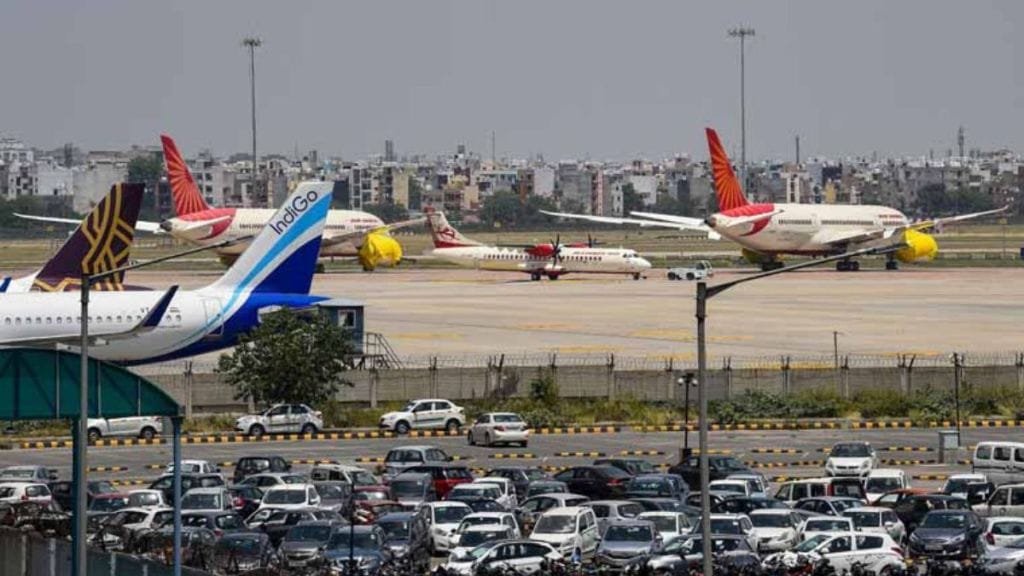The Directorate General of Civil Aviation (DGCA) on Thursday (September 12) proposed stricter regulations for overseeing wet-leased aircraft used by Indian airlines. This move comes as domestic carriers, grappling with the grounding of numerous planes due to engine issues and supply chain disruptions, increasingly rely on wet-leased aircraft to meet the growing demand for air travel.
The DGCA has issued a draft of revised Civil Aviation Requirements (CAR) for public consultation. These proposed changes aim to enhance the regulatory framework governing the safety oversight of wet and damp lease operations by Indian operators.
A wet lease involves leasing an aircraft, complete with crew, maintenance, and insurance, from a foreign operator, who retains operational control and adheres to the regulations of their own civil aviation authority. Consequently, the safety oversight for these operations primarily falls under the foreign authority, with Indian carriers mainly handling commercial aspects.
CAR proposes several key changes
- Aircraft can only be wet-leased from countries with a reliable safety oversight system. Specifically, the lessor’s country must have an average effective implementation score of 80% or higher, with no less than 70% in each area of personnel licensing, airworthiness, and operations, according to the latest ICAO Universal Safety Oversight Audit Programme (USOAP) results.
- The lessor must not have any active significant safety concerns under ICAO USOAP. There will be new provisions for reporting safety occurrences and providing flight data and other safety information to the DGCA.
- Indian operators must ensure that foreign crew undergoes breath-analyser examinations as per DGCA-approved procedures for their own aircraft operations. DGCA inspectors will have the authority to access all aircraft records and perform physical inspections at any time during operations.
- The maximum period for wet/damp lease operations will be extended from 3 months (with a possible 3-month extension) to 6 months (with a possible additional 6-month extension).


